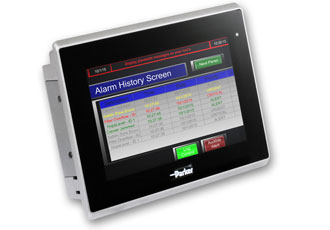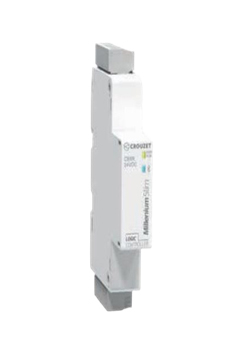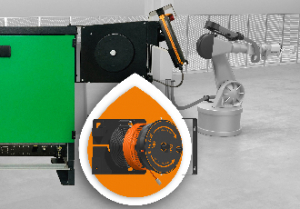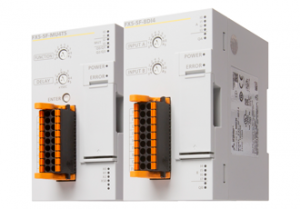PAC Terminal to support latest motion control applications

The Electromechanical and Drives Division of Parker Hannifin, has announced the release of the PAC Terminal (PT). The PT is a thin client Human Machine Interface (HMI) developed to work seamlessly with the Parker Automation Controller (PAC).
With the PAC handling the control and HMI logic, the PT is responsible for displaying the embedded HMI as well as sending touch screen inputs from the user back to the PAC. As a thin client, the PT significantly reduces the overall system costs when compared to a traditional HMI – especially when connecting multiple PTs to a single PAC.
The PAC is Parker’s all-in-one machine controls solution that combines PLC, HMI, and motion control functionality into a single device. Likewise, the PAC is programmed using a single Integrated Development Environment (IDE) called Parker Automation Manager (PAM).
Parker has chosen to standardise on the IEC 61131-3 programming language and PLCOpen motion control function blocks. This choice provides machine builders with the ability to use traditional Ladder Diagram (LD), but also to take advantage of the latest control languages available such as Structured Text (ST), Continuous Function Chart (CFC) and Sequential Function Chart (SFC). IEC 61131-3 brings object oriented-like programming capabilities to the automation industry with the ability to create custom function blocks, libraries, and various data types. This empowers OEMs to create modular code that can be re-used, which significantly reduces the overall time to develop machines.
“The same IEC 61131-3 programmed to control the PAC PLC logic is also used to control the logic of the embedded HMI, WebVisu,” explained Christian Ruf, Product Marketing Manager of Controls and HMIs for Parker. “There is no tag sharing, or additional layers of logic required to get the PLC to communicate to the HMI – they’re completely seamlessly integrated.”
Like traditional HMIs, WebVisu allows programmers to develop their HMI using easy drag-and-drop tools such as buttons, sliders, and pre-made alarm and recipe objects. However, WebVisu takes it to the next level, allowing developers to create libraries of visualisation objects – or use some of Parker’s pre-made objects – to significantly reduce the time required to build common HMI functionality. Users can also use either pre-made themes or create their own to provide a visual motif throughout a project or multiple projects.
WebVisu takes advantage of web publishing technology. This makes it possible to have multiple PTs attached to a single PAC controller. In addition, any remote client such as a browser, or mobile device using Parker’s Remote Manager (RemoteMgr) app, can connect to the embedded HMI simply by entering in the PAC’s IP address and target application. User management tools inside PAM allow developers to create various user groups with different read/write access on different screens or to specific objects. This ensures that the right information can be projected to the right users.
The PT provides a window into the PAC, allowing for a traditional HMI look and feel while leveraging modern remote technology and single-device programming. The ability to provide a single solution and programming environment for PLC logic, HMI local and remote visualisation, as well as motion control makes the PAC an all-in-one machine controller capable of solving the most difficult applications with ease and reduced time to market.
Similar articles
More from Parker Hannifin
- Flange system gains new certification for marine applications 4th June 2021
- New generation of oil condition monitoring technology 2nd June 2021
- Parker introduces new low GWP refrigeration dryer series 24th November 2020
- Steering into the future for mobile machinery 17th November 2020












Write a comment
No comments